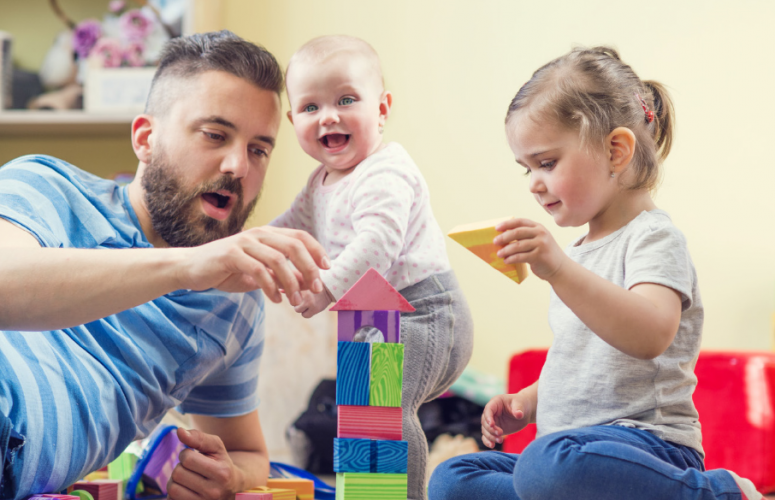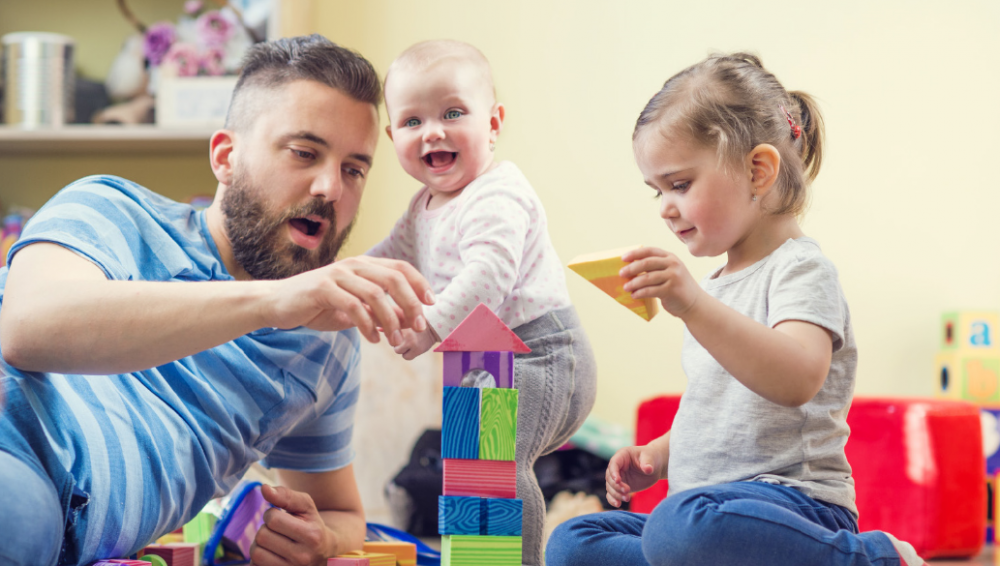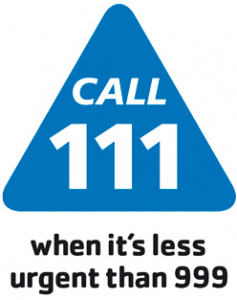Children need to learn how to engage with, and play with people before they play with toys. Children usually, instinctively, turn to faces and voices and are far more interested in you than they are in a toy.
People play is the first kind of play that children learn to do and is fundamental for the development of interaction, communication and learning.
People games are games without toys, just involving you and the child in an easy relaxed environment where you are both enjoying each other’s company. These games work because they have a predictable and repetitive element that all young children enjoy.
The first interactions that usually make a small baby smile are tickles, soft repetitive voices with varied intonation and physical movement – so these are the strategies that we recommend using with any child who is struggling to develop their basic interaction and communication skills.
Repetitive tickle games and rough and tumble play are the best ways to encourage a child to become giddy and excited, to anticipate what is going to happen next and then to request more of the same activity.
Play games like:
“I’m coming to get you….”
“1…2…3…tickle…”
“Ready, steady…….”
“I’m going to tickle your… nose/toes/tummy/hand”
Or raise your small child in the air, bounce them on the bed or trampoline, spin them round, and then wait and watch for their response; if they are enjoying it – they will come back for more.
Play games such as:
Round and round the garden.
This little piggy went to market.
Peek a boo – hiding your face, pausing, and suddenly appearing
So big – holding their hands, saying “how big is ….?”, pausing, then saying:
“soooo big” while holding their hands up high
Try to build the anticipation of the tickle or fun part, and give the child a smile or a cuddle at the end to indicate the rhyme has finished. Repeat, repeat, repeat! Lots of repetition of the rhyme will help the child to learn it.
When the child is familiar with the rhyme or song, build in a pause and wait. Wait for the child to indicate that they want you to continue – this may be in the form of a look, a sound, a movement of their own or your hands, a smile. This is the child’s turn in the interaction and is the basis of turn-taking and communication with people.
Let the child lead the interaction and have fun playing with them.




